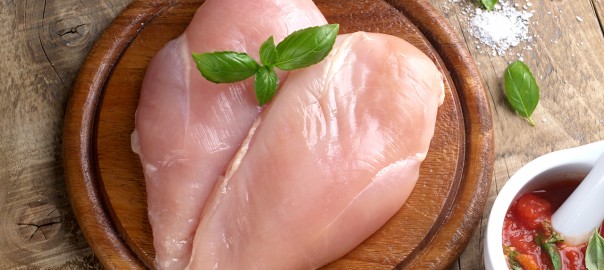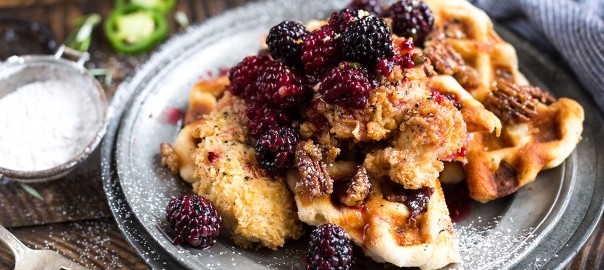Protein has become a hot topic of debate these days. With conflicting information being shared from an array of reliable sources, it is a challenge to make sense out of how much protein we should consume, the best ways to get protein from our diets, and whether or not there is such a thing as too much protein.
Earlier this year, the Journal of the International Society of Sports Nutrition published a paper entitled, “How much protein can the body use in a single meal for muscle-building? Implications for daily protein distribution.”
While the title is a bit wordy, the key takeaways are important to get a better understanding of the best ways and amount of protein we should get each day to build muscle. Although consuming protein has long been portrayed as an objective distinct to gym rats and bodybuilders, more and more athletes across sports are finding that protein can have benefits for both building and healing muscle.
More importantly for the general American public, it has been found that muscle mass decreases over the age of 40 and that added protein can be highly beneficial to keeping a healthy weight and muscle mass.
The Society of Sports Nutrition paper, authored by Brad Jon Schoenfeld of CUNY Lehman College’s Department of Health Sciences and Alan Albert Aragon of California State-Northridge, concludes that, “the total daily protein intake for the goal of maximizing resistance training-induced gains in muscle mass and strength is approximately 1.6 g/kg, at least in non-dieting (eucaloric or hypercaloric) conditions.” That number, 1.6 grams per kilogram of body weight, is the amount of protein that should be consumed per day based on weight.
That means that a woman weighing 120 lbs should eat close to 88 grams of protein per day, according to the study, which breaks down to 22 grams of protein per meal spaced out over four meals. While a typical 175 lbs man should eat 127 grams of protein, about 32 grams of protein in four meals.
The study further states that that 1.6 g/kg/day is flexible and that it shouldn’t be viewed as “an ironclad or universal limit beyond which protein intake will be either wasted or used for physiological demands aside from muscle growth.” The study also found that 2.2g/kg/day is an upper limit of protein consumption that has also shown to help build muscle.
All these numbers are for active people. The amount of protein you need per day decreases if you are not running or working out or trying to build muscle. But it is not significantly less than the 88 grams of protein recommended for a 120 lbs woman.
Outside Magazine took this research and created a chart of how and when to get your protein sources throughout the day. It is a good quick guide. Their protein-packed eating guide includes plenty of high-protein foods offered by ButcherBox including chicken breast and wild salmon. They also suggest a midday smoothie like those that you can get from SmoothieBox, can be a good source to achieve your daily value of protein. You can also get your healthy fats — like a better omega-6 and omega-3 fatty acid balance — and high-protein by using grass-fed beef as a protein source.
On the other side of the equation are the points that have been made recently that there is such a thing as too much protein, or at least that we are currently pushing more protein into our system than we need.
This idea of too much protein has is being discussed more often these days. The Mayo Clinic, for one, came out with a study that there are some people who get twice the amount of protein that they need and that overloading protein can lead to some health problems. The reality has to do with being active. If you are eating the recommended amounts of protein and you are active, you are doing the right thing.
According to a story in MEL Magazine, an overwhelmingly high-protein diet could turn excess protein into fat, likening the over-consumption of protein to overeating any food.
While decades ago, the idea of consuming protein might bring up images of Rocky Balboa eating uncooked large eggs, these days we have protein bars, shakes, protein powders, supplements, and more. Also, we are inundated with a never-ending stream of experts sharing their newest beliefs on the best protein sources.
Because of all the misdirection and confusion, the core message seems to be lost. And that is that protein is good and the health benefits of maintaining a good body weight and muscle structure become more important as you age.









